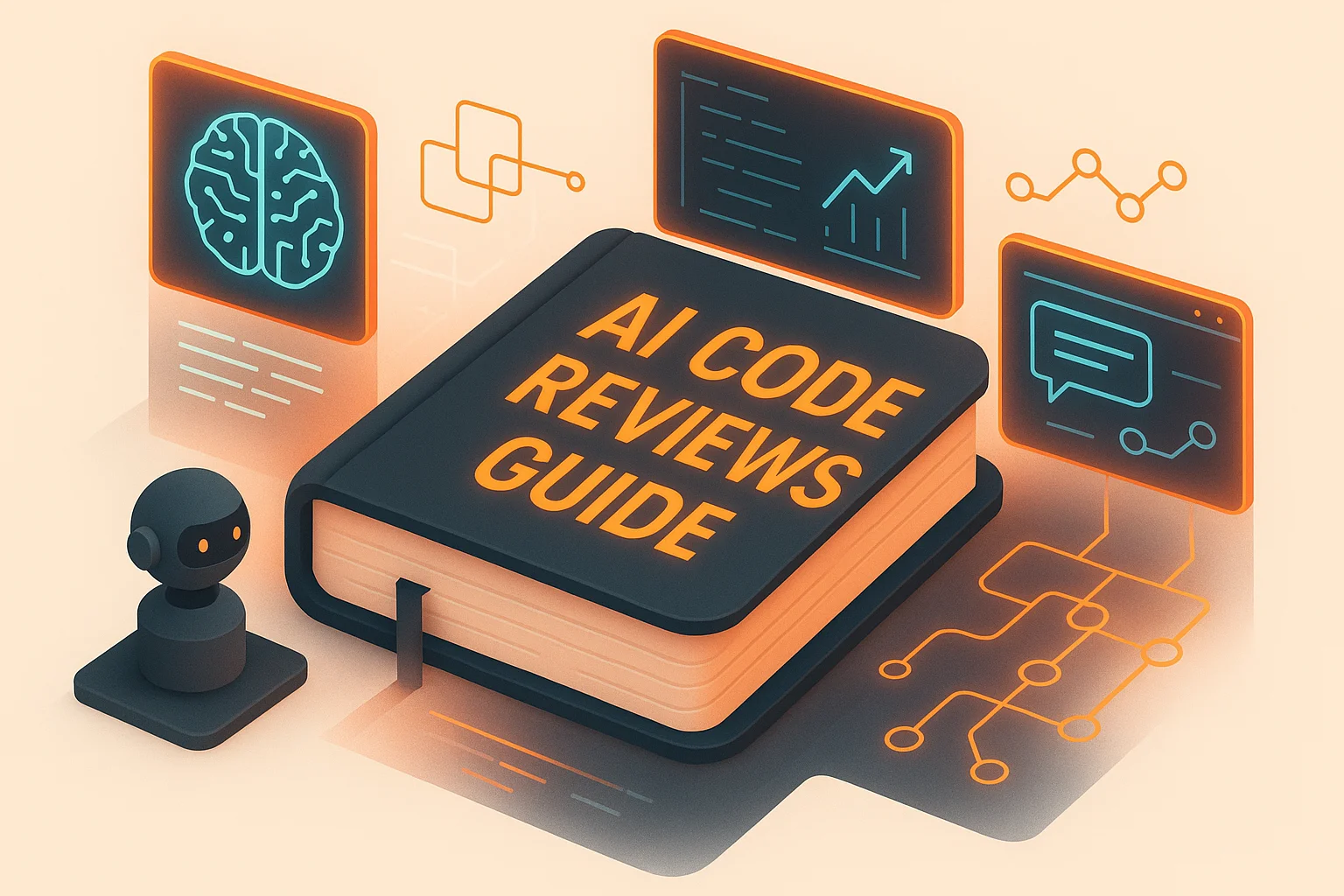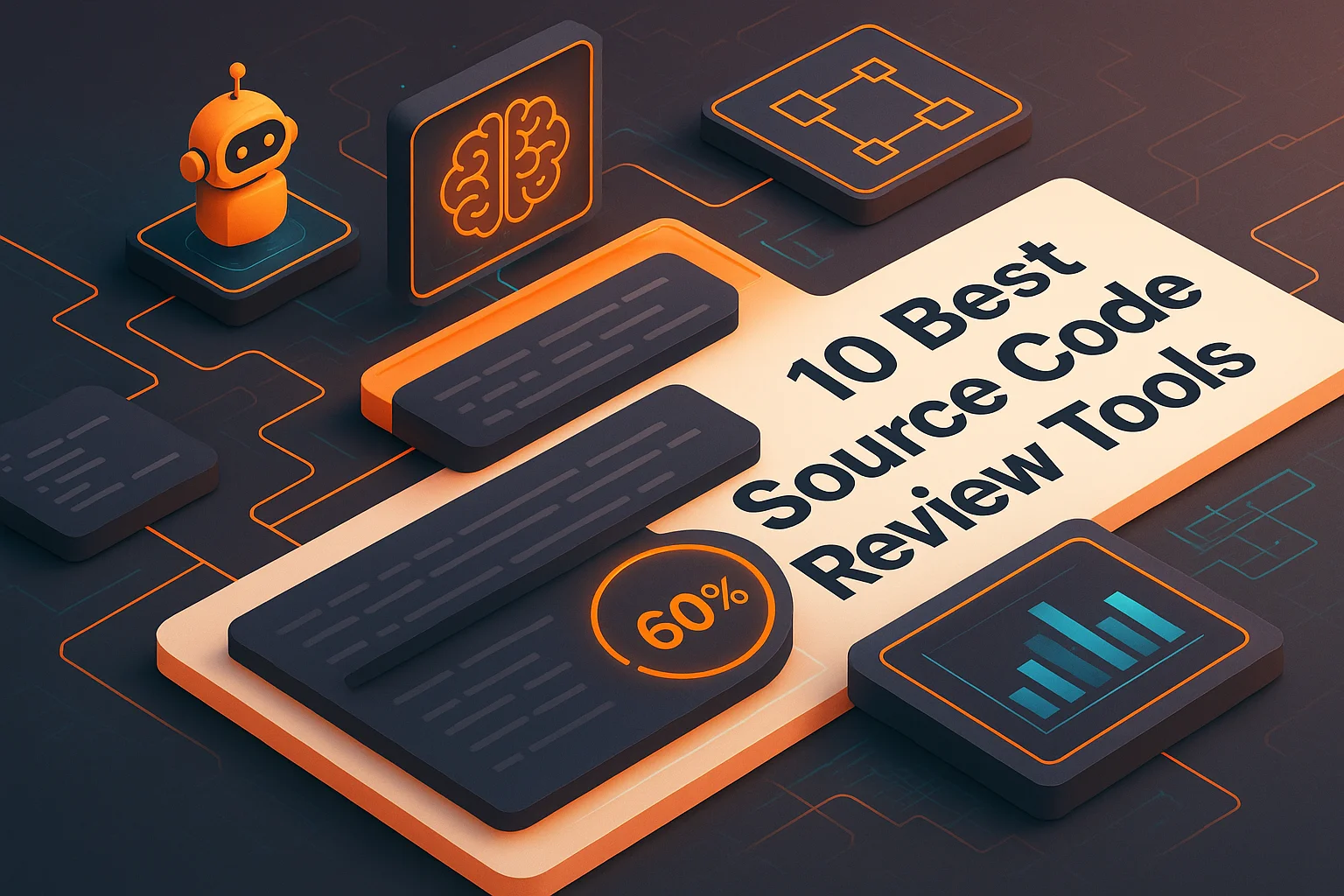AI Code Reviews: Complete Guide to Automated Code Analysis

AI code reviews are revolutionizing how engineering teams maintain code quality and accelerate development. This practical guide shows you how to integrate AI-powered review tools effectively into your existing workflow.
What Makes AI Code Review Different
AI code review goes beyond traditional static analysis by understanding context, learning from your codebase patterns, and providing intelligent suggestions that adapt to your team's coding style and business logic.
Key Benefits for Engineering Teams
Teams using AI code review report 50-70% faster review cycles, improved consistency across reviewers, better onboarding for new developers, and early detection of subtle bugs that human reviewers might miss.
Getting Started with AI Reviews
Begin by integrating AI tools into your existing review process as an additional layer, not a replacement. Start with low-risk projects, establish clear guidelines for AI feedback, and gradually expand usage as the team becomes comfortable.
Integration Best Practices
Configure AI tools to match your team's coding standards, establish workflows for handling AI suggestions, and create clear escalation paths for disagreements with AI recommendations. Proper configuration is crucial for adoption success.
Training Your Team
Effective AI code review requires team members to understand how to interpret AI feedback, when to accept or reject suggestions, and how to provide feedback to improve AI accuracy over time.
Measuring Impact and ROI
Track metrics like review cycle time, bug detection rates, code quality scores, and developer satisfaction to measure the impact of AI code review on your team's productivity and code quality.
Common Implementation Challenges
Address challenges like false positives, integration complexity, and team resistance through proper tool selection, gradual rollout, and clear communication about AI's role in the review process.
Future-Proofing Your Review Process
AI code review technology is evolving rapidly. Choose tools with strong roadmaps, good API access, and active development communities to ensure your investment remains valuable as the technology advances.
Ready to Transform Your Code Review Process?
See how Propel's AI-powered code review helps engineering teams ship better code faster with intelligent analysis and actionable feedback.


